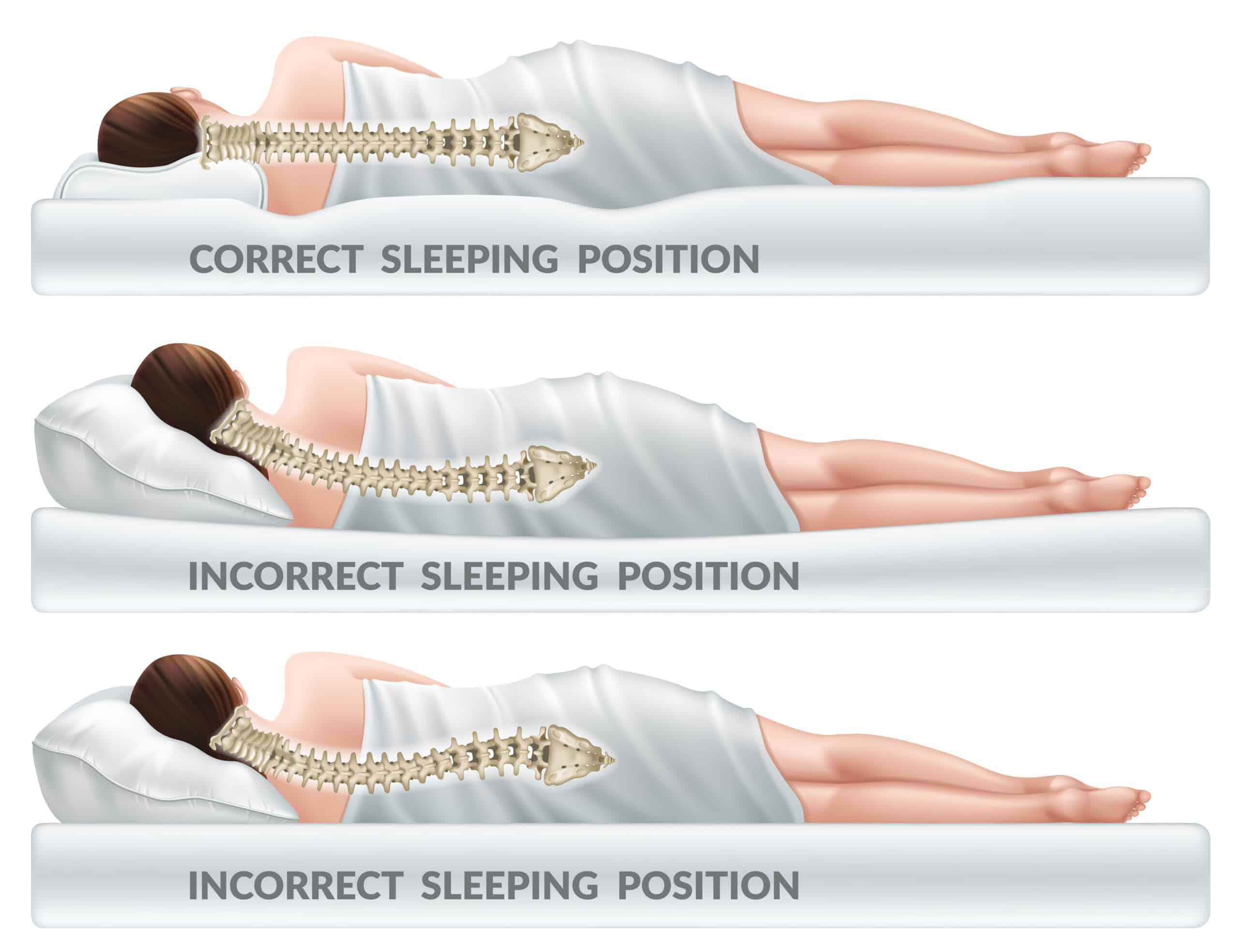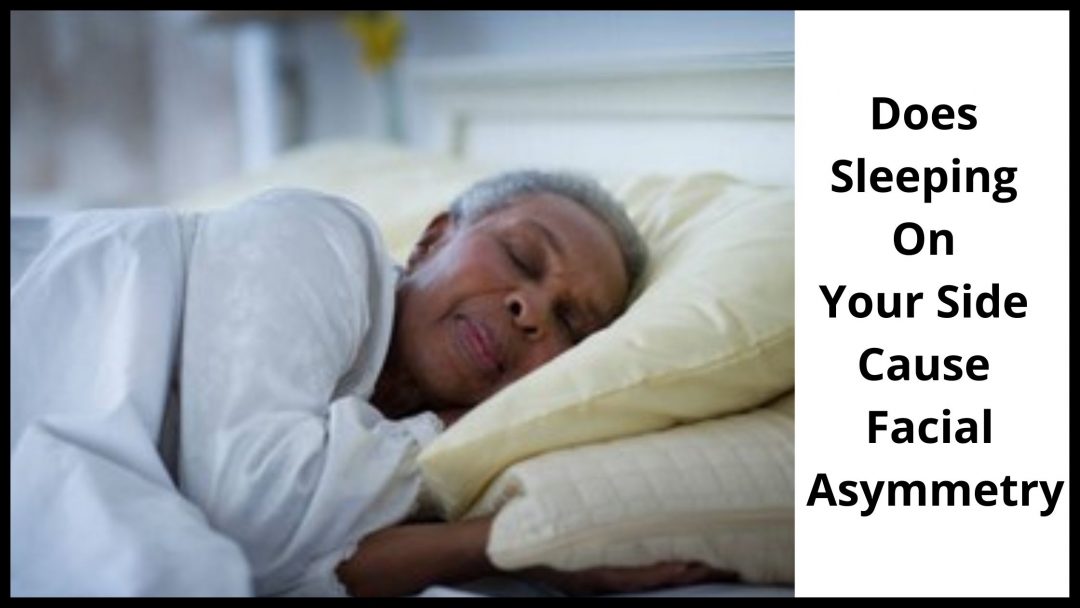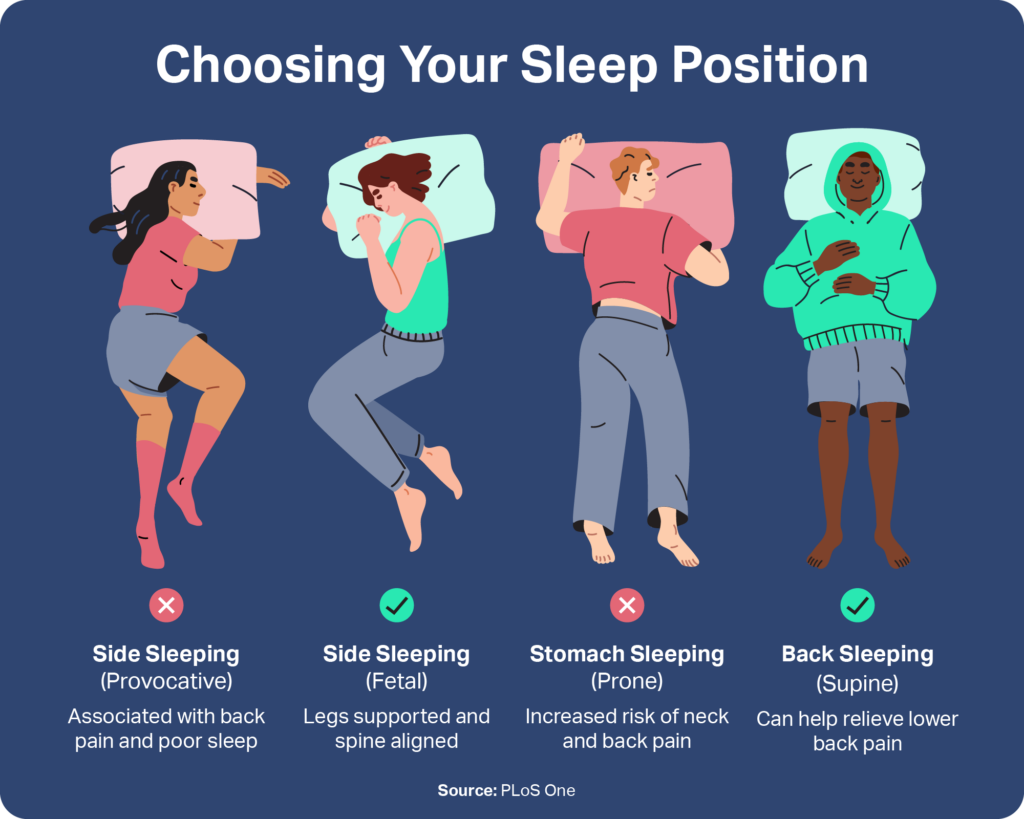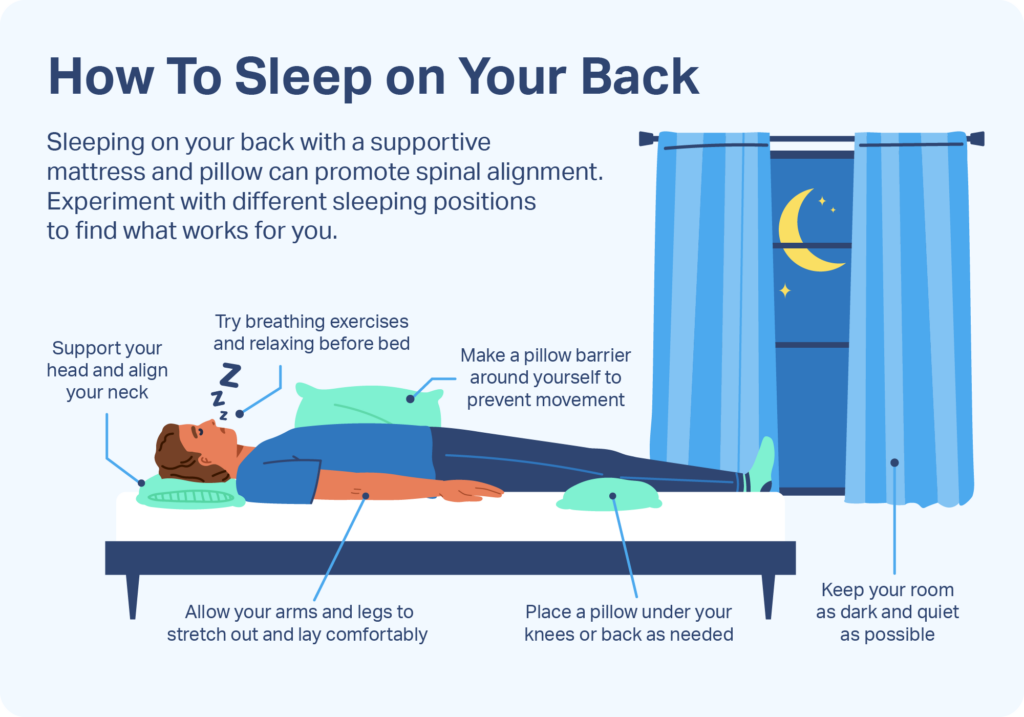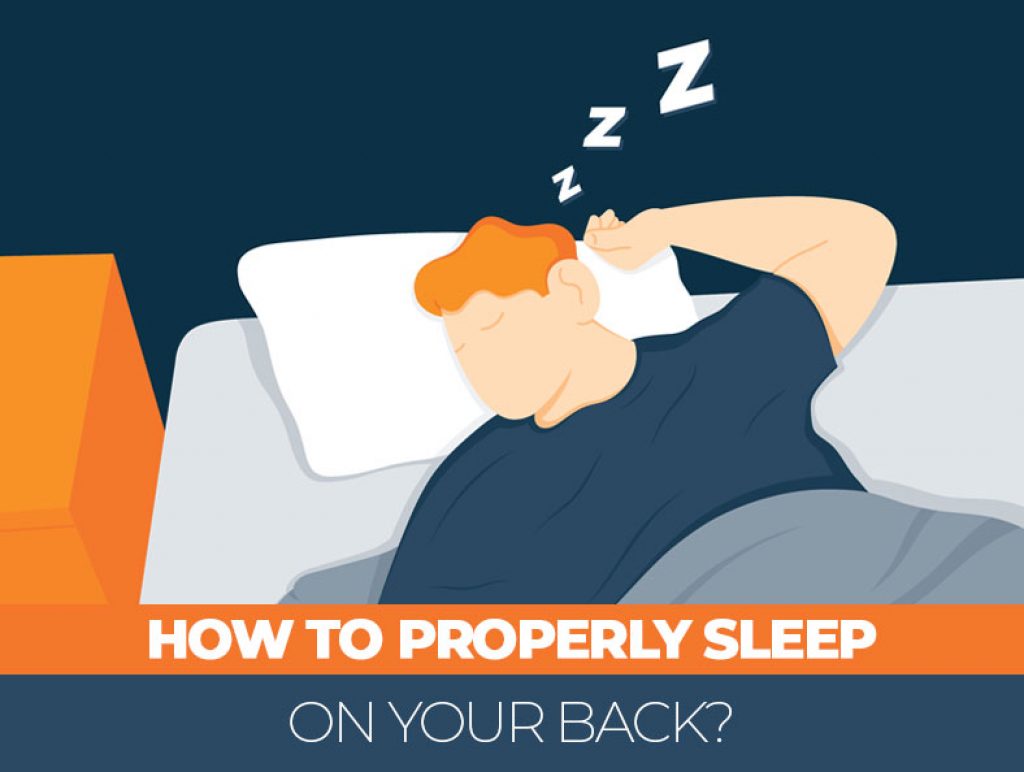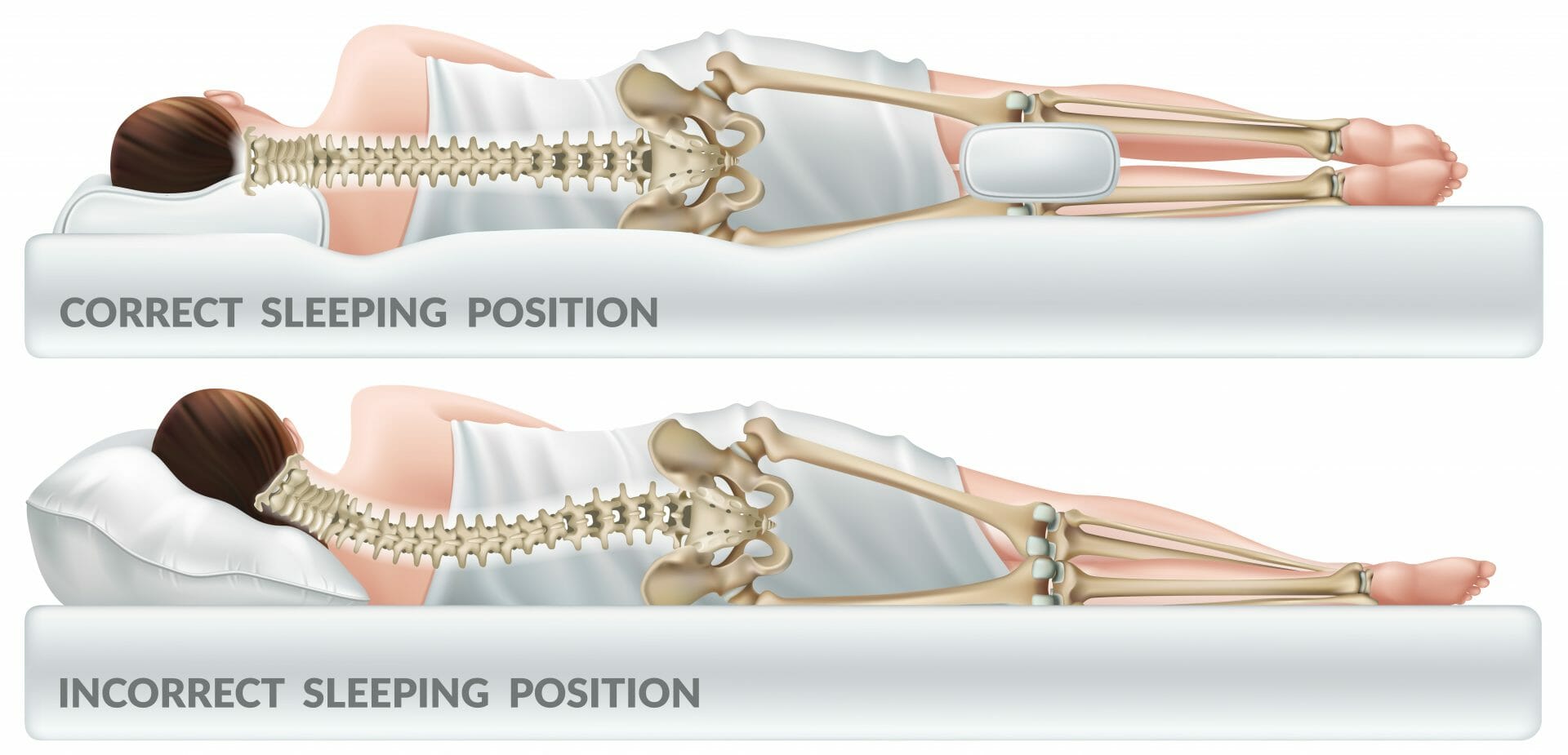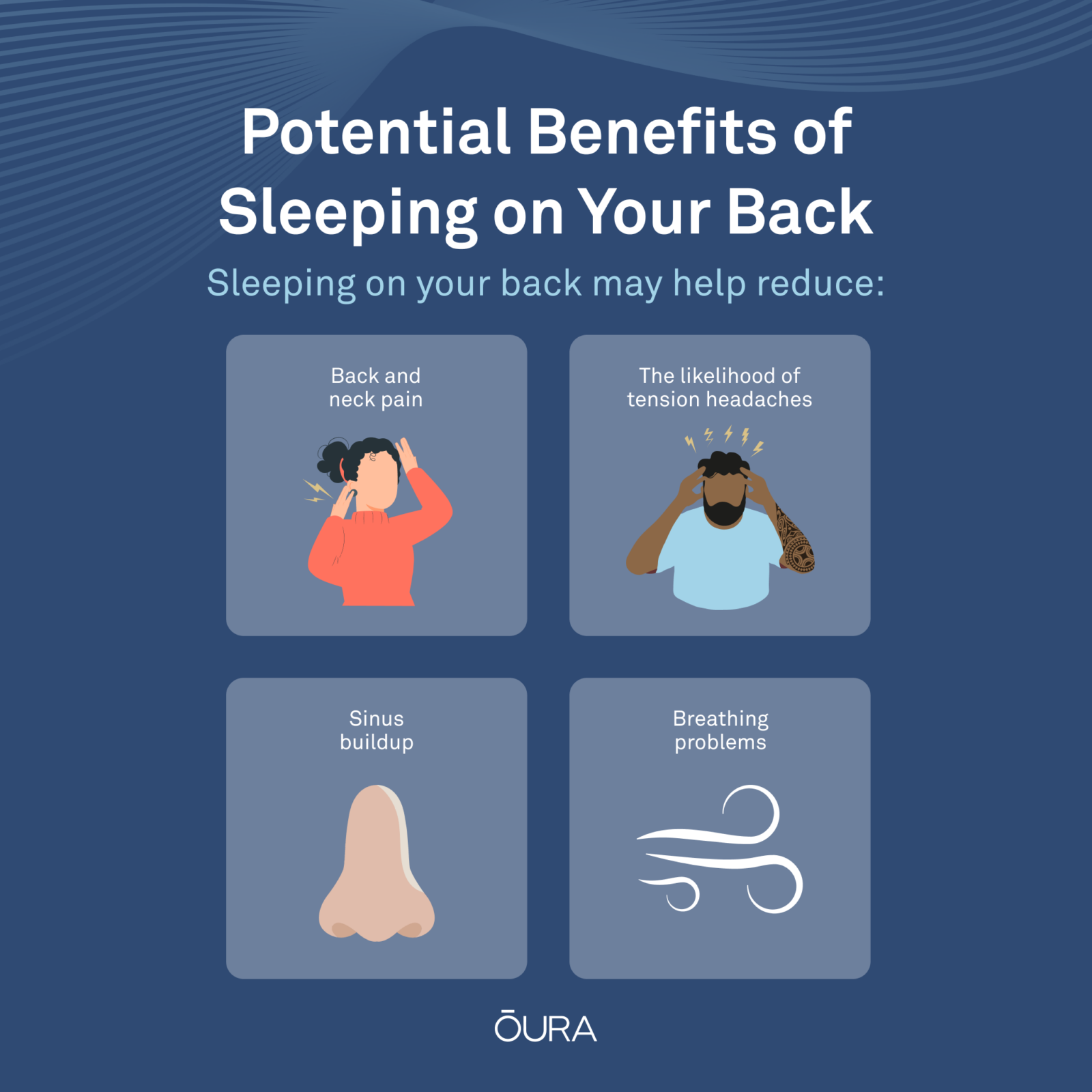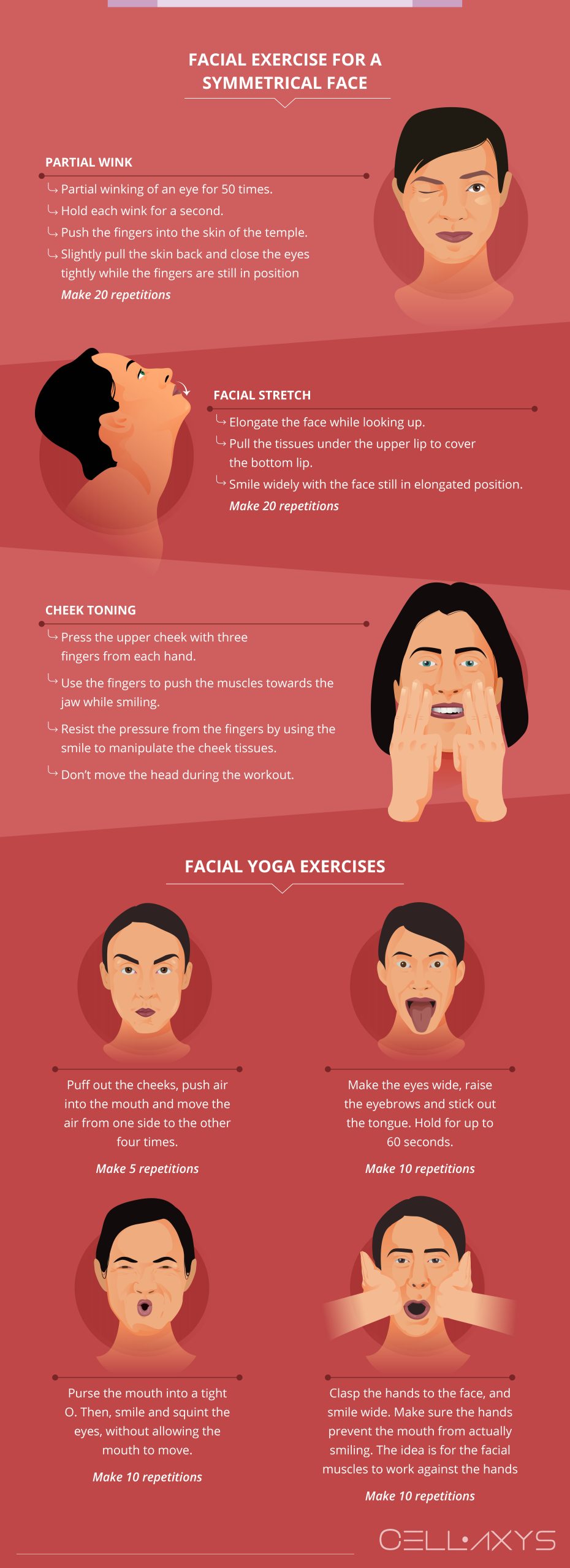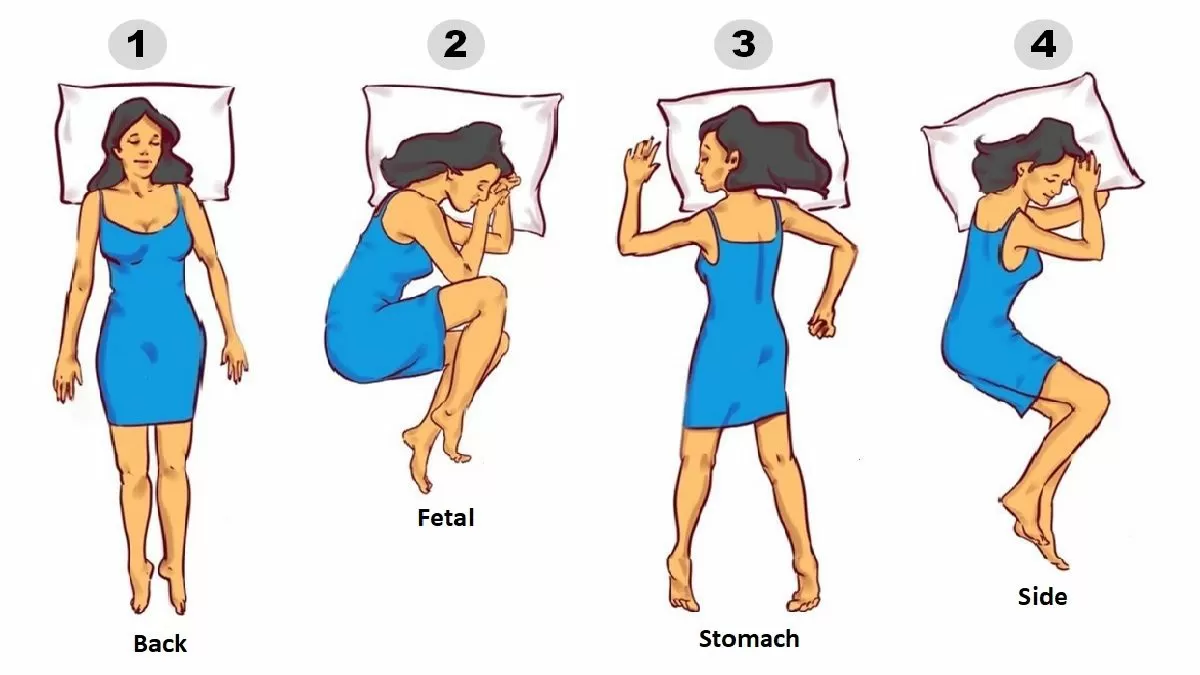Can Sleeping On Your Back Make Your Face Symmetrical
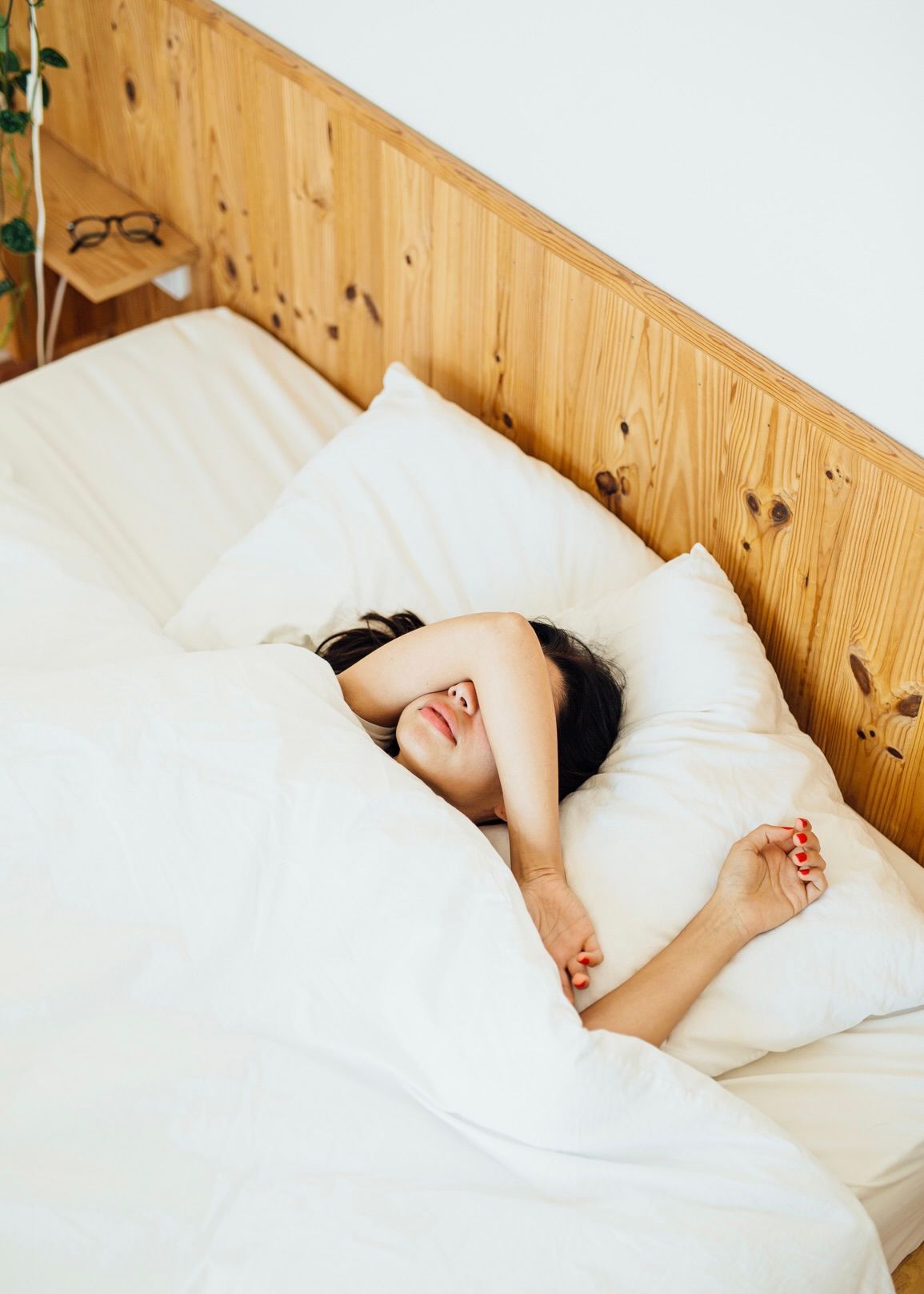
Imagine waking up, refreshed and ready to face the day, but also knowing you’ve given your face a little extra love during the night. No expensive creams, no complicated routines, just a simple change in your sleeping position. Could something as effortless as sleeping on your back really be the key to a more symmetrical and youthful appearance? The idea seems almost too good to be true, but let’s delve into the science and anecdotal evidence surrounding this intriguing claim.
At the heart of this discussion is the potential for sleeping position to influence facial symmetry and the development of wrinkles. While not a definitive solution for everyone, back sleeping is increasingly recognized by dermatologists and sleep experts as a beneficial practice for minimizing facial compression and promoting even skin aging. It's important to note that significant asymmetry often stems from genetics or more serious underlying conditions, and in those cases, this habit might not result in a dramatic transformation.
The Science Behind Sleep and Symmetry
Our faces are remarkably resilient, but they're also susceptible to the repetitive forces we subject them to night after night. Think about it: we spend approximately one-third of our lives sleeping, and for many of us, that means pressing our faces against a pillow.
When we sleep on our sides or stomachs, our skin is compressed and creased, leading to what are often referred to as "sleep wrinkles." These wrinkles differ from the fine lines caused by sun damage and natural aging.
Dr. Dee Anna Glaser, a board-certified dermatologist and professor at Saint Louis University, emphasizes that consistent pressure on one side of the face can exacerbate existing asymmetries and create new ones. Over time, this can lead to deeper wrinkles and a noticeable imbalance in facial features.
"Sleeping on your side or stomach can cause wrinkles to form on the side of your face that's pressed against the pillow," Dr. Glaser explains.
Back sleeping, on the other hand, eliminates this direct pressure, allowing the facial muscles and skin to relax without being subjected to prolonged compression.
Gravity's Role
Gravity also plays a significant role in how we age, particularly in the face. When we're younger, our skin has ample collagen and elastin, which provide structure and elasticity.
As we age, these proteins break down, and the skin becomes more susceptible to the effects of gravity. Sleeping on your back can help mitigate some of this downward pull.
By avoiding the constant pressure and friction of side sleeping, you're essentially giving your skin a break and allowing it to maintain its shape and elasticity for longer.
Expert Opinions and Research
While large-scale studies specifically investigating the link between back sleeping and facial symmetry are limited, the underlying principles are well-supported by dermatological research. Dermatologists routinely advise patients on the importance of protecting their skin from external stressors, and sleeping position is increasingly recognized as a modifiable factor.
Dr. Audrey Kunin, a dermatologist and founder of DERMAdoctor, agrees that sleeping position can contribute to facial asymmetry. She often recommends back sleeping to her patients concerned about wrinkles and uneven skin tone.
"While genetics certainly play a role, the repetitive pressure from side sleeping can accelerate the aging process on one side of the face," Dr. Kunin states.
It's important to acknowledge that not all wrinkles are created equal. Expression lines, caused by repeated facial movements, are largely unavoidable. Back sleeping primarily addresses wrinkles caused by compression, which can be minimized with conscious effort.
Beyond Wrinkles: Other Benefits of Back Sleeping
The potential benefits of back sleeping extend beyond just facial symmetry. It can also improve sinus drainage, reduce tension headaches, and even alleviate back pain for some individuals.
When you sleep on your back, your head, neck, and spine are naturally aligned, reducing strain on these areas. This can contribute to a more restful and restorative sleep experience.
Furthermore, sleeping on your back can help prevent fluid from accumulating around the eyes, reducing puffiness and dark circles. This is because gravity allows fluids to drain more effectively when you're lying flat on your back.
The Transition to Back Sleeping
For habitual side or stomach sleepers, transitioning to back sleeping can be challenging, but it's definitely achievable with persistence and the right strategies.
One effective technique is to surround yourself with pillows to prevent rolling over during the night. You can also try placing a pillow under your knees to support your lower back and make the position more comfortable.
Another helpful tip is to gradually adjust your sleeping position over time. Start by spending a few minutes each night lying on your back before falling asleep, and gradually increase the duration as you become more comfortable.
Consistency is key. It takes time and effort to break old habits and establish new ones. Be patient with yourself and celebrate small victories along the way.
Product Support and Considerations
Certain products can also aid in the transition to back sleeping. Specialized pillows designed to cradle the neck and head can provide added support and encourage proper alignment.
Some individuals find that using a wedge pillow to elevate the upper body can make back sleeping more comfortable and reduce the likelihood of snoring or acid reflux.
When choosing a pillow, consider its thickness and firmness. A pillow that's too high can strain your neck, while one that's too flat may not provide enough support.
Realistic Expectations and a Holistic Approach
It's crucial to approach the idea of back sleeping for facial symmetry with realistic expectations. While it can certainly contribute to a more balanced and youthful appearance, it's not a magic bullet.
Facial symmetry is influenced by a multitude of factors, including genetics, bone structure, and lifestyle choices. Back sleeping is just one piece of the puzzle.
Adopting a holistic approach to skincare is essential. This includes protecting your skin from the sun, maintaining a healthy diet, staying hydrated, and managing stress. Hydration plays a key role in keeping skin plump and elastic.
Moreover, if you have significant facial asymmetry or concerns about wrinkles, consulting with a dermatologist or plastic surgeon is always recommended.
They can assess your individual needs and recommend appropriate treatments, such as fillers, Botox, or laser resurfacing.
They can also determine if your asymmetry is linked to a more serious underlying medical condition.
Ultimately, the goal should be to prioritize overall skin health and well-being, rather than striving for unattainable levels of perfection.
Conclusion: A Gentle Shift Towards Balance
While the quest for perfect facial symmetry may be elusive, embracing back sleeping can be a simple and effective way to support healthy skin aging and potentially minimize the impact of external pressures on your face. It's a gentle, non-invasive practice that aligns with a broader commitment to self-care and well-being.
So, the next time you settle into bed, consider making a conscious effort to position yourself on your back. You might just be giving your face a little extra love while you sleep, and that's something worth smiling about.
Even if noticeable changes are subtle, the improved sleep quality, reduced sinus pressure, and mindful approach to skincare make it a worthwhile endeavor. It's a reminder that even small, consistent changes can contribute to a more balanced and radiant you.

